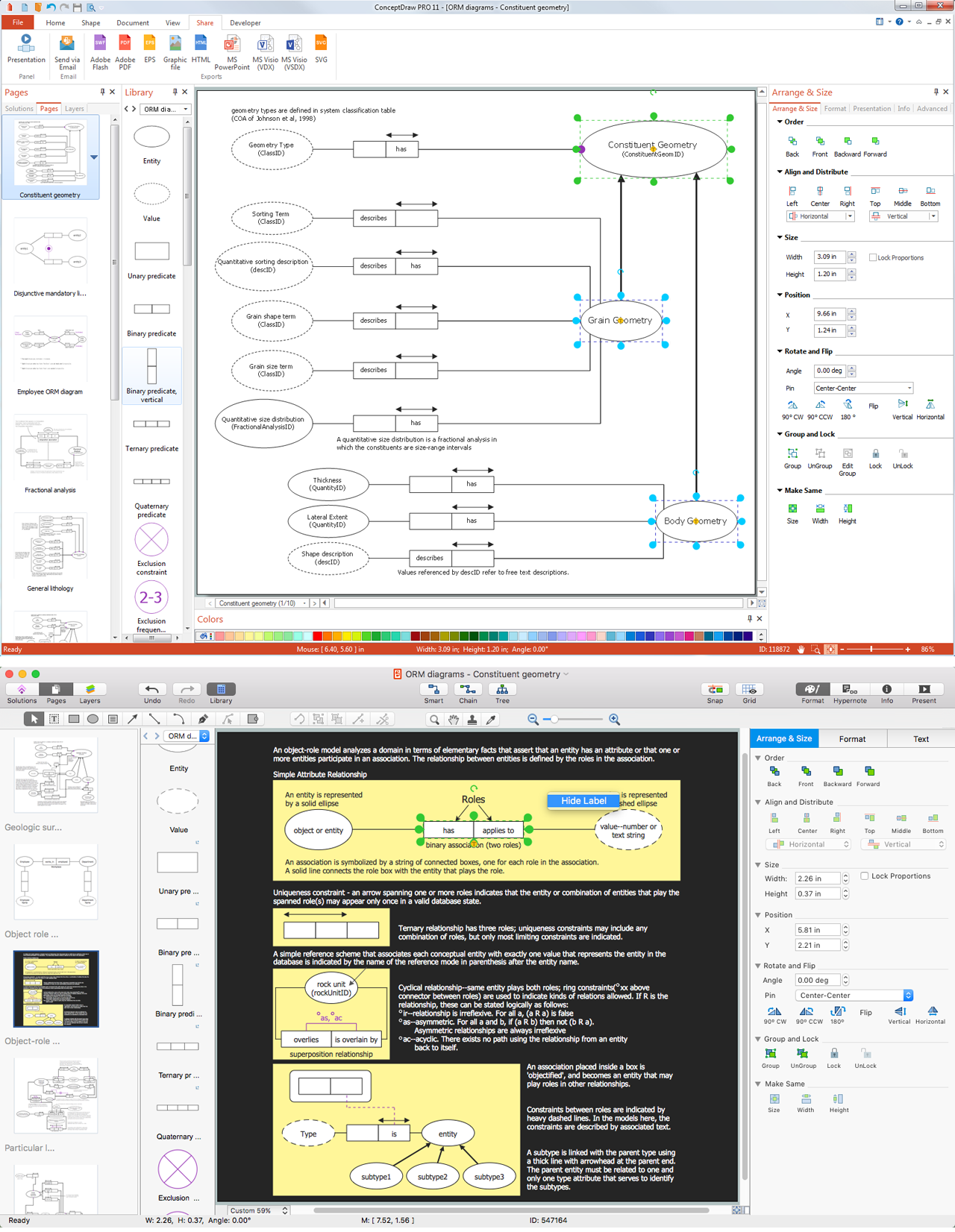Data Modeling Tools
Data modeling is one of the main activities that is widely used in the software engineering being the process of creating the needed data models for the information systems by applying the formal techniques. Data modeling is simply a process that is used for both defining and then analyzing data requirements which are known to be needed in order to support the business processes while the process of corresponding the information systems in the organization.
The process of data modeling is what involves the professional data modelers working closely with many business stakeholders and the information system’s potential users.
There are known to be three different types of data models that are produced while progressing from requirements to the actual database. They can be used for the information system taking into consideration the data requirements that are known to be initially recorded as a conceptual data model. Such conceptual data model can be simply a set of independent technology specifications about the data, being used for discussing the initial requirements with the stakeholders involved in the business.
The conceptual model can be translated after into a logical data model. Its documents’ structures of the data can be implemented in databases and the implementation of one of the conceptual data models may require many different logical data models.
The last of the steps that should be taken in the data modeling process is transforming the logical data model to a physical one — the one that organizes the data into tables as well as the accounts for performance, access and storage details. Data modeling is what can define not only a few data elements but the relationships between them and their structures as well.
There are many data modeling methodologies and techniques that can be used for modelling the needed data in a consistent, standard and predictable way, managing it as simple as some resource. The usage of data modeling standards is known to be strongly recommended for all that projects that require the standard means of both defining and analyzing data within an organization, such using data modeling.

Example 1. Data Modeling Tools
It can be done in order to assist programmers, business analysts, testers, manual writers, engineers, IT package selectors, managers and different related clients and organizations to understand and so to use some agreed semi-formal model that considers all the concepts of the organization as well as how they relate to each other. It can be also done for a purpose of managing the needed data as a resource, for integrating the information systems and designing databases and/or data warehouses.
Data modeling as a widely used process, especially in software engineering field of business activity, may be performed during many different types of projects as well as in different phases of projects. Data models are known to be progressive as there is no such thing as the final data model for an application or business. Any data model should be considered as a living document that can get changed due to some changing business. The data models are better to be stored in a repository so that they can be expanded, edited and retrieved over time. The strategic data modeling part of the creation of an information systems strategy is known to be defining an overall vision as well as an architecture for the information systems. Information engineering is one of the methodologies that are known to be embracing this approach. Data modeling is also possible during the process of the systems analysis. Thus, in systems analysis, all the logical data models can be created as part of the process of developing the new databases. Data modeling is what can also be used as one of the techniques for detailing the business requirements for some particular databases which can be sometimes called as the “database modeling” for a reason of a data model being eventually implemented in a database. Any process of designing a database involves producing the conceptual, physical and logical types of schemas. The database design that is documented in these schemas can be converted through a Data Definition Language. Such language can then be used for generating a database. A fully attributed data model is what can contain the detailed attributes for every entity which can be found within it. The term "database design" can describe itself a lot of different parts of the design within an overall database system. The logical design of the base data structures can be used for storing the data. In the relational model, the views and tables can be used. In an object database, the relationships and entities can be mapped directly to both object classes and named relationships. The "database design" term is what can also be used for applying to the process of designing, not only the base data structures but the forms and the queries as well, being used as part of the database application within the DBMS (Database Management System). In case the data models are developed on a system by system basis, then the further analysis must be performed in order to create the interfaces between the overlapping areas. Most systems can contain the same basic data which can be redeveloped for some specific purpose. Any efficiently designed basic data model is known to be able to minimize any needed rework having a few modifications for the purposes of different systems within the organization.
Example 2. Data Modeling Tool
There are many tools that are used within data modeling processes but to make the correct model it is always better to draw it graphically so it becomes more obvious whether it is good enough to use or not. Having the ConceptDraw DIAGRAM diagramming and drawing software may lead to creating the great looking ORM drawings, such as ORM diagrams, especially if you have the Object-Role Modeling (ORM) solution downloaded from the ConceptDraw STORE application — another product of CS Odessa that can be used by all the ConceptDraw DIAGRAM users.


